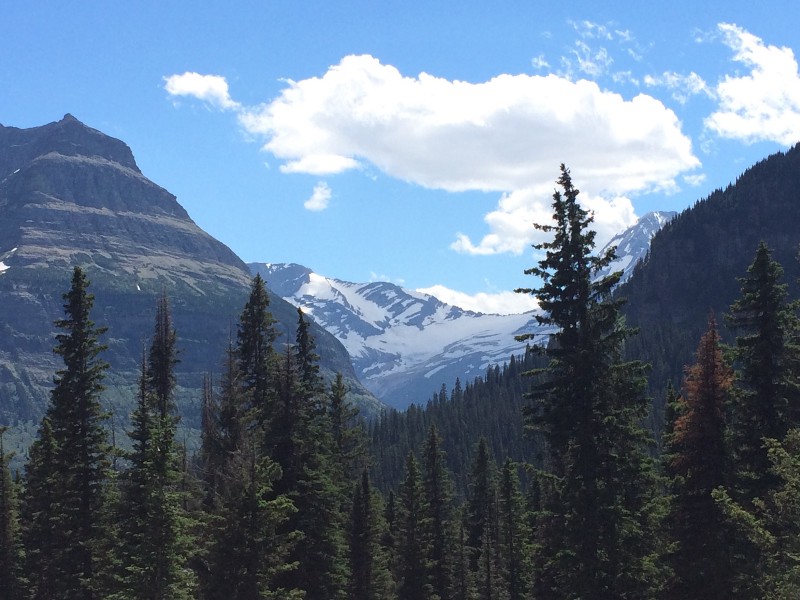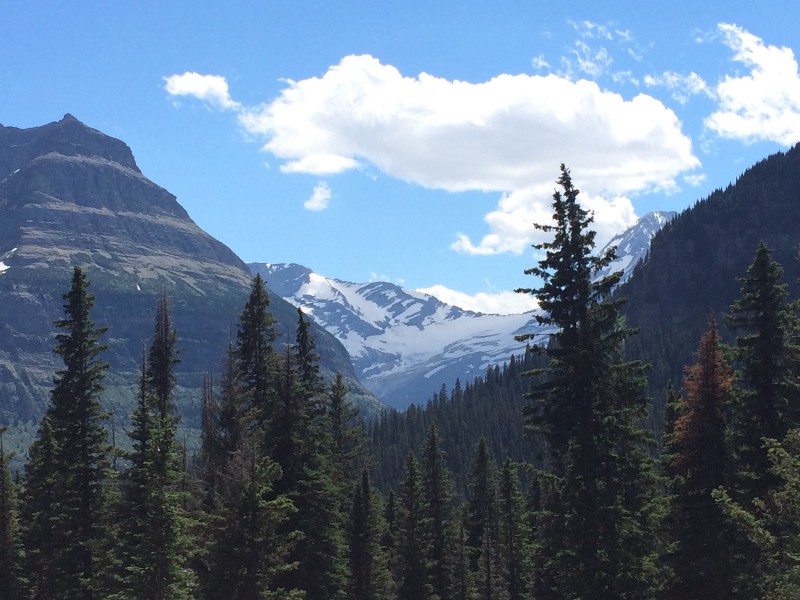Famously called “one of our nation’s best ideas” by author Wallace Stegner, the National Park Service turned 100 years old on August 25, 2016. It hasn’t always been easy for our parks, nor will it be in the future. But fight they will to maintain their place, their condition, their majesty… and their all-important position in our lives. To do that, national parks are increasingly turning to solar power for help.
Birth of a Service, and Struggle
The national park concept actually began in 1864, when President Abraham Lincoln signed the Yosemite Grant Act, becoming the first country in the world to set aside land for preservation. In 1872, Congress established the first official National Park in Yellowstone, and by 1916, thirty-five national parks and monuments were included when President Woodrow Wilson signed the National Park Service “Organic Act” which created the service within the Department of the Interior.
The world soon followed this lead and today over 100 countries with similar programs cover some 1,200 national parks or preserves. In the U.S., the system oversees 450 parks, seashores, monuments, cemeteries, and more.
It’s a lot to service. Our parks are primarily funded by a dwindling federal budget and as such have faced a struggle to stay financially afloat. Parks strive to keep visitor fees low so as to attract as many people as possible, but in so doing constantly need significant financial assistance to maintain themselves. It is a constant struggle, for virtually all parks.
I had the opportunity to visit a few national parks this Centennial year, and the environmental and economic pressures upon them were evident. I also saw the increasing use of solar power to bring clean, affordable energy to these remote areas. Parks have two core challenges facing them: reducing costs and preserving the environment. Solar is becoming an instrumental answer to both.
With Beauty Comes Burden
Straddling the Montana/Canada border, Glacier National Park is nicknamed the Crown of the Continent. The continental divide bisects the park from north to south, and its spectacular landscape owes much of its distinction from other mountainous areas to the geologic work of its namesake glaciers.
However, the national parks have become our ground zero when it comes to the present effects of climate change, and Glacier is perhaps its poster-child. The glacial retreat in the park is very easily documented and seen (check out the eye-opening sequences at the USGS Repeat Photography Project). There were around 150 glaciers in the park when it was established pre-industrial revolution, and only 25 remain today. A total of 125 have disappeared, and heartbreakingly, the rest are predicted to be gone in the next 14 years. The park’s identity is literally disappearing before our very eyes due to climate change.

Further, with milder winters Glacier now has an extra 76 days of fire season, and with a longer dry season comes a longer visitation season — a record 2.3 million people visited the remote park last year. To help with these pressures, the park is increasingly converting to solar power.
Glacier gets roughly 98% of its electric power from hydroelectric sources, but they’re moving beyond that. For instance the busy Logan Pass Visitor Center — which virtually all visitors pass by if not visit during their obligatory traverse on the epic Going-to-the-Sun Road — is now off the grid, powered 100% with 3600 watts of solar panels with battery storage and fuel cells. This has allowed the famous center to not only significantly reduce their power & distribution costs, but with storage to keep functioning in difficult weather and evenings.
Noteworthy within other planned national park installations are remote ranger stations, which will be ditching their generators in favor of solar power, saving money and restoring serenity.
Yosemite is one of our country’s most visited parks, with around 4 million people descending on it every year, the majority of which never venture beyond its relatively small namesake valley. This again places heavy environmental and economic pressures on the park, as it also struggles every year to provide inexpensive access to the public while maintaining the park in its wake.
President Obama even visited in 2016, the first standing president to do so since John F. Kennedy. He used the visit to give a speech celebrating the National Park Centennial and as a call for more action to fight climate change.
Yosemite’s main environmental challenge had always been forest fires. But now, fueled by conditions brought on by climate change, the Sierra Nevada’s forests are dying off in massive numbers before fires ever ignite. The climate effect is multiple: the persistent drought conditions California has endured this decade is killing trees; surviving trees are weakened, which leaves them more susceptible to the devastating appetite of bark beetles, which no longer die off during the milder winters. The result is mountainsides of deadwood that ultimately fuels bigger, faster, more intense forest fires.
An estimated 66 million trees have died from these conditions in California alone, causing Governor Jerry Brown to declare a state emergency. Our country’s treasured giant redwood trees, some of the world’s oldest living organisms, are not immune to the onslaught.
The costs of this are enormous and will only grow, but here again solar is coming in to help. Back in 2011, Yosemite completed the largest grid-connected photovoltaic system within the national park system, the 672 kW El Portal Project. Resting at the park’s administrative & maintenance center on its western border, the site hosts 2800 solar panels that produce around 800,000 kWh per year, and includes carport, rooftop and wall mounted arrays. The park estimates an annual savings close to $50,000 on this site alone.
The national park will also utilize solar to power its new NatureBridge National Environmental Science Center, and like Glacier, Yosemite will rely on solar for the increased benefit of its visitors in remote areas. Spot installations are already seen along high Sierra trails and outposts.

The Next 100 Years
Throughout the National Park system, solar is being implemented to reduce costs, but more importantly to help preserve wildlife and environment. After all, that same Organic Act that established the Service in 1916 also created a mandate for the parks to preserve the wildlife within their borders, and inseparable with that challenge is the preservation of the natural environment.
So whether its sea level rise in the Everglades, ocean acidification at Point Reyes, species change in Kings Canyon, or more glacial change in Kenai Fjords, solar power is being called upon by our National Park Service to help combat climate change, and help protect and shepherd our national parks into their next 100 years.
“There’s something sacred about this place, and I suppose that’s why the walls of this valley were referred to as cathedral walls, because here at Yosemite we connect not just with our own spirit, but with something greater. It’s almost like the spirit of America itself is right here.”
— PRESIDENT OBAMA, YOSEMITE NATIONAL PARK, JUNE 19, 2O16
